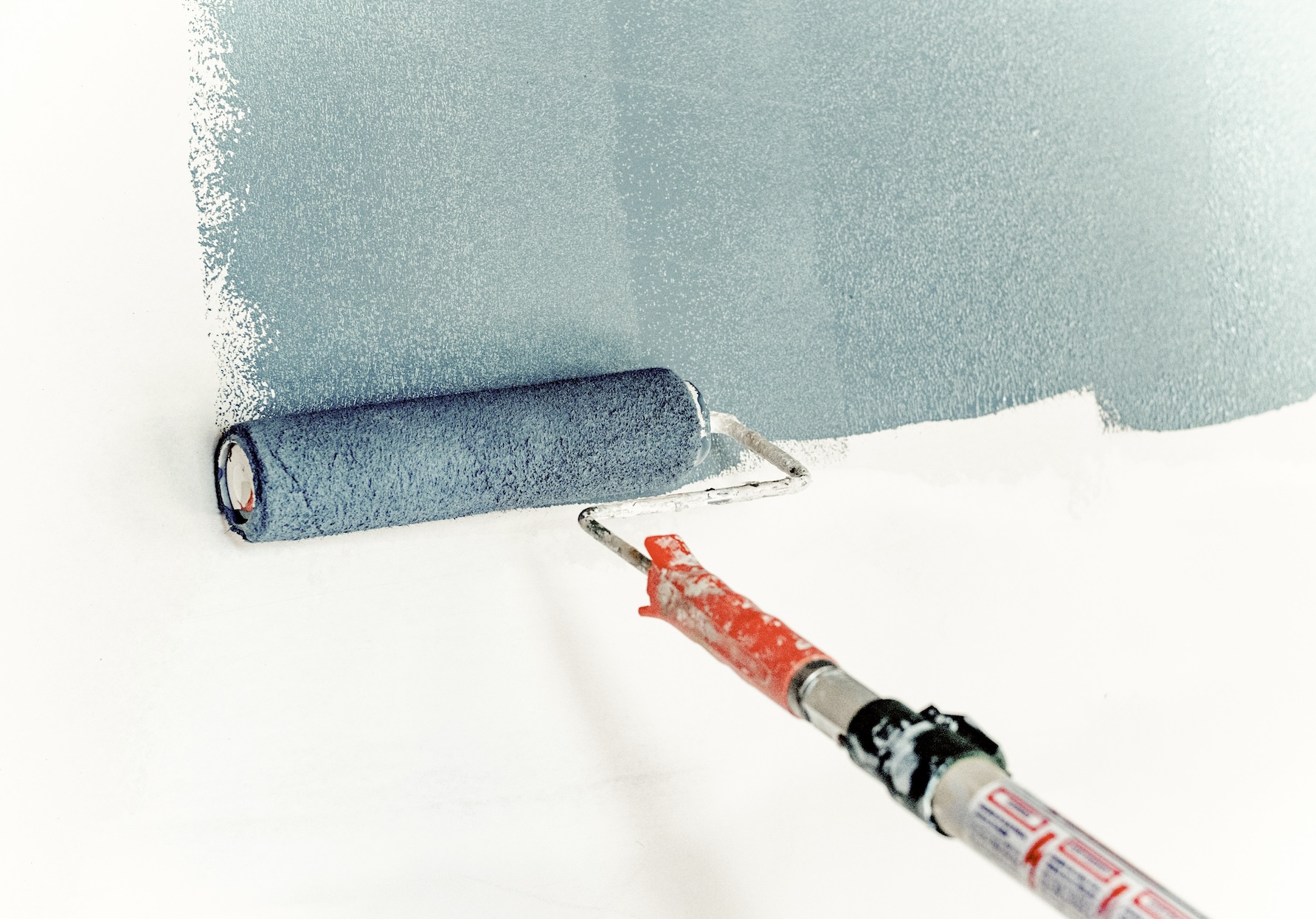Experiencing Shoulder Pain? Find the Right Treatment in Singapore

The shoulder joint is a very flexible joint that performs many functions. Unfortunately, its flexibility makes it a bit unstable. That means it can get injured a bit more easily than other joints that are less flexible, but more stable such as the hip joint.
This explains why the hip can bear a person’s weight comfortably, but too much weight on the shoulder can cause shoulder pain.
What happens when you start feeling pain in this joint that is so useful?
Shoulder pain is uncomfortable. What starts out as a mild discomfort can spiral into a debilitating pain that can render the affected arm immobile.
This article will cover the possible reasons you could be experiencing shoulder pain and what you can do to get rid of the pain.
What is my shoulder made of?
The shoulder joint is a ball and socket joint. The bone of the upper arm, known as the humerus, looks like a ball, and the bone of the shoulder blade, called the scapular, looks like a socket. This joint is supported by a connection of muscles and tendons that work together to allow the shoulder to perform the various movements it is supposed to carry out.
This network of muscles and tendons is known as the rotator cuff.
A smaller joint above the shoulder joint also supports the movement of the shoulder. It is made of the topmost bony projection off the scapula known as the acromion and the clavicle or collarbone.
What does shoulder pain indicate?
Shoulder pain could be an indication of many conditions. These conditions could either be a localised problem, a symptom of a chronic disease or radiation of pain connected to some other part of the body such as the neck.
Some of these conditions include:
- Rotator cuff tendinitis: Inflammation of the rotator cuff tendons
- Bad posture
- Tendon tear: Tearing of rotator cuff and biceps tendons. It could be partial or complete, leading to the total separation of the tendon from the bone.
- Tendon bursitis: Inflammation of the sac in the shoulder joint that supports its mobility by reducing friction.
- Radiated pain from the neck: an injury in the neck could result in pain that radiates to the shoulder.
- Bone spurs in the shoulder: Bony projections that grow at the edges of the bones, especially where they meet in joints. They are typically seen on imaging tests in arthritis patients.
- Shoulder impingement syndrome: The top of the scapula, known as the acromion, rubs against or ‘impinges’ on the rotator cuff tendons when you perform any movement with your shoulder joint. It could lead to tendinitis and bursitis.
- Shoulder instability: The humerus pops out of the socket of the scapula, either partially or entirely.
- Fracture: a break in one or more bones that make up the shoulder joint.
- Arthritis: inflammation of the joint.
- Polymyalgia rheumatica (PMR): inflammation disorder, especially of the shoulders and hips, causing stiffness and pain in those joints
- Heart attack: heart attack or other heart conditions can cause pain to be radiated to your shoulder
- Cervical spinal stenosis (pinched nerve): the narrowing of the cervical portion of the spinal cord causing ‘pinching’ of the cervical nerves leading to pain in the shoulders, back, arms, and neck.
What is the main cause of shoulder pain?
The most common cause of shoulder pain is a condition known as rotator cuff tendinitis. In this condition, one or more of the rotator cuff tendons are inflamed and swollen, causing you the pain you feel in your shoulder.
It is caused by the repeated aggravation of the tendon over a long time. Examples of this aggravation include:
- Shoulder impingement syndrome
- Repeated heavy lifting above shoulder level
- Shoulder injury
- A shoulder that has been immobilised or at rest for a long time
- Sleeping on your shoulder every night
It commonly occurs in people who play sports such as tennis, baseball, and swimming.
When should I worry about shoulder pain?
Whatever your shoulder pain could be, try not to worry and stay calm. Worrying about the pain could make you feel worse, so it is better to remain calm and make good decisions for your well-being.
If you’re experiencing mild shoulder pain and are unsure what the cause is, you can try taking over-the-counter pain medication and see if it subsides. Maybe it is just a posture problem. If the pain does not reduce and gets worse, you should consult your doctor.
If you have had an injury, you should see a doctor to be examined properly and prescribed the necessary treatment. If you’re experiencing sudden, severe pain in your left arm, you should consult your doctor immediately. It might be the early onset of a heart attack.
Other symptoms that should send you to the doctor’s office are:
- fever
- inability to move your shoulder
- bruising
- a feeling of heat around the joint
- pain that has lasted a few weeks
- If the pain spreads to the second shoulder
How do I get my shoulder to stop hurting at home?
If you feel only mild shoulder pain that is not connected to an injury, the following tips might provide you with relief while you’re at home:
- Ice therapy: Wrap ice in a cloth and place it on the affected area for 15 minutes. Leave it off your skin for 15 minutes. Repeat this three to four times a day to ease the pain.
- Try to avoid using the shoulder for the next few days.
- Slowly ease yourself back into using your shoulder normally.
- Use over-the-counter pain medication such as ibuprofen
What can I expect at the doctor’s office?
A doctor will typically start the consultation by asking you questions about the pain, such as:
- When the pain started
- The severity of the pin
- The character of the pin. Is the pin throbbing, dull, or sharp?
- Does the pain radiate anywhere? Such as your back, chest, or neck?
- Are there any associated symptoms, such as fever?
- Does movement aggravate the pin? What type of movement?
- Are there any other things that aggravate the pain?
- Are there any home remedies that could have relieved the pain at any time?
After asking these and other relevant questions to get a more factual history of the pain, they will perform a physical examination. After the physical examination, they will ask that you complete some imaging tests, starting with an X-ray. If they still need a better view of the site of the pain or to rule out certain complex diseases, they might also call for an ultrasound or an MRI.
A blood test may not be necessary, but they may ask you to get one so that he can rule out certain diseases.
Your doctor will compile all the information from your history, physical examination results, and imaging tests to determine your diagnosis and prescribe a treatment plan.
How will I treat the shoulder pain?
Your doctor will prescribe a treatment plan for you based on the cause of your shoulder pain and how severe it is.
Typical treatment options include:
- Pain medication such as non-steroidal anti-inflammatory Drugs (NSAIDs) like Diclofenac. Your doctor may recommend medication to you to help ease the pain and inflammation in the shoulder joint.
- Physical therapy for shoulder pain such as stretches and exercises with the help of a physiotherapist
- Immobilisation of the shoulder joint with a sling
- Injection of a corticosteroid for pain relief
- Surgery: This option is usually used in cases where exercises and pain medication will not help to stop the problem. For the surgery, the doctor will give you some rules to follow to help with the complete healing of the surgery wound. When the wound is healed, your shoulder should work fine and without pain.
What Does It Cost to Treat Shoulder Pain In Singapore?
Before exploring your options, it’s important to be aware of the potential costs of shoulder pain treatment. To get started, a consultation with a healthcare professional is essential for an accurate diagnosis, which will help determine the associated treatment costs.
While exploring treatment options, don’t hesitate to ask your doctor about any government subsidies or healthcare financing schemes that can ease the financial burden. You should also explore the details of your health insurance coverage to see what percentage of your care may be covered. While some plans might cover a portion or even all of the treatment costs, others may have limitations or exclusions specific to shoulder pain treatment.
Here is a general guide on shoulder pain treatment costs in Singapore to give you an idea of what to expect:
| Treatment | Cost Range (SGD) | Additional Information |
| Consultation Fee | $60 to 150+ | Include a review of your medical history, an assessment of your symptoms, a physical exam, and a review of treatment options. |
| X-rays | $50 to $150 per X-ray | Commonly used for diagnosing fractures, dislocations, bone abnormalities, and other causes of shoulder. |
| MRI (Magnetic Resonance Imaging) | $400 to 1,500+ per scan | Provides detailed images of soft tissues (muscles, tendons, ligaments, and cartilage) to diagnose conditions like rotator cuff tears or labral tears. |
| Ultrasound Scan | $100 to 300+ per scan | Evaluates soft tissue structures (tendons and ligaments) to look for conditions like tendonitis or bursitis. |
| CT (Computed Tomography) Scan | $300 to 1,000+ per scan | Provides detailed cross-sectional images of your shoulder joint and surrounding structures; important in the case of complex fractures or other issues that can’t be seen well on X-rays. |
| Blood Tests | $30 to 100+ per test | May be recommended to check for underlying conditions like inflammatory markers or autoimmune disorders that can be causes of shoulder pain. |
| Electromyography (EMG) and Nerve Conduction Studies (NCS) | $200 to 500+ per test | Assesses your nerve function to help in diagnosing conditions such as nerve compression or pinched nerves that can cause shoulder pain. |
| Medications | Varies | See below. |
| Physiotherapy | $80 to 150+ per session | Physiotherapy for shoulder pain can involve manual therapy, stretching, and strengthening exercises to improve mobility and reduce pain. |
| Surgical Intervention | Varies. | Arthroscopic Rotator Cuff Repair & Labral Repair: $5,000 to $10,000+ Shoulder Impingement Surgery & Bankart Repair: $4,000 to $8,000+ Shoulder Arthroplasty (Replacement): $15,000 to $30,000+ Subacromial Decompression: $4,000 – $8,000 |
A note on pain medication for shoulder pain: Over-the-counter pain relievers, topical medications, prescription medications, and corticosteroid injections are all treatment options for shoulder pain, with varying costs. Here is what to expect:
- Pain relievers: Paracetamol, ibuprofen, or naproxen: From $5 to $20 per pack
- Topical medications: Menthol creams or lidocaine patches from $10 to $30+
- Prescription medications: NSAIDs, muscle relaxants, or pain medications from $20 to $50+ per prescription
- Corticosteroid injections: From $50 to $200+ per injection
Summary
Shoulder pain is any paint you feel in or around the shoulder joint. It could be acute and mild or chronic and be an indication of a more serious underlying disease. You can try to care for it at home. But if that does not work or the pain is severe, please consult your doctor. Your doctor is in the best position to tell you what the cause of the shoulder pin is and how to get rid of it.










